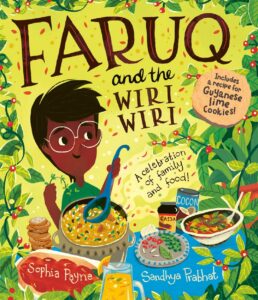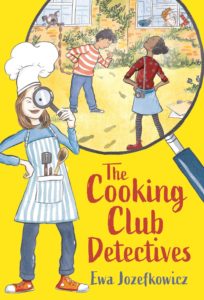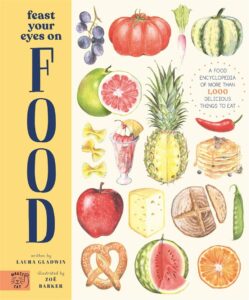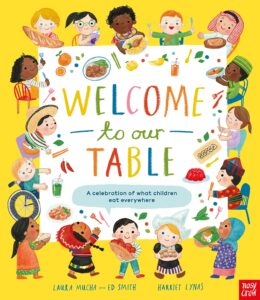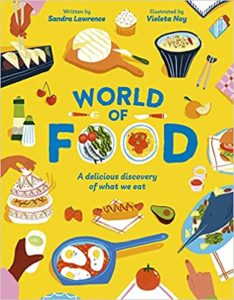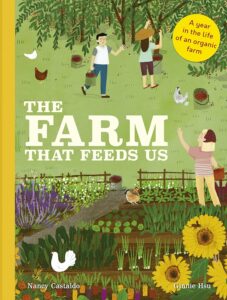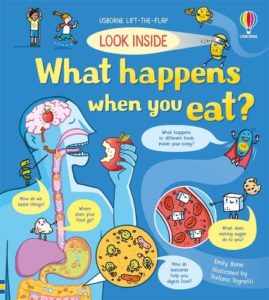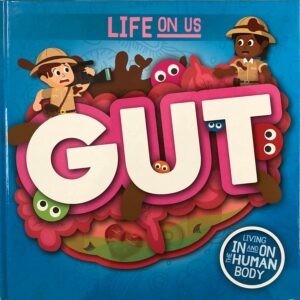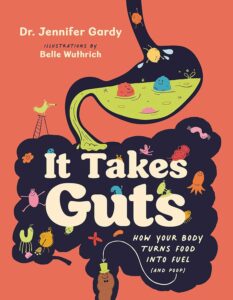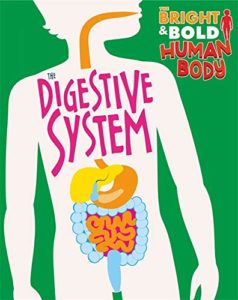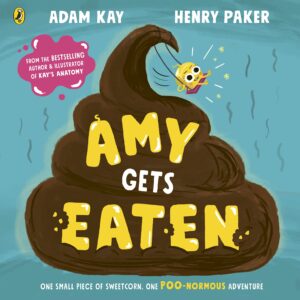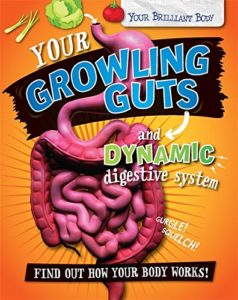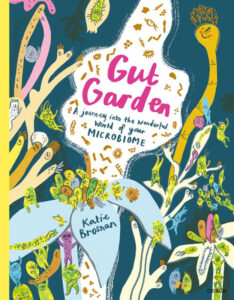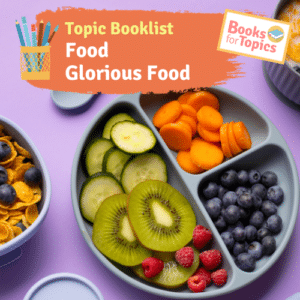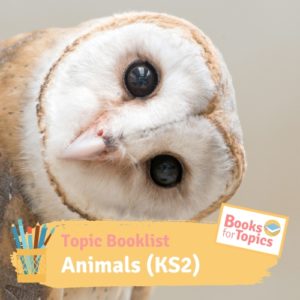Recommended children’s books about food
Our KS2 Food & Digestion topic booklist features a rich variety of specially selected children’s books about food, cooking and digestion.
In Key Stage 2 Science, children learn about the topics of nutrition, the digestive system, teeth and the impact of diet. Our booklist is designed to feature the best children’s books about food and digestion for children in KS2, from stories showcasing delicious world foods like Faruq and the Wiri Wiri and World of Food, to books that give children a microscopic look inside the human digestive system like Gut Garden. With rich illustrations and intriguing facts, these titles will bring the Food & Digestion topic to life – but be prepared for some “yuck” moments as well as the “yum” ones!
We also have a separate booklist about Healthy Human Bodies.
This list is aimed at children aged 7 to 11. For books about food for younger children, try our Food Glorious Food Topic booklist.








